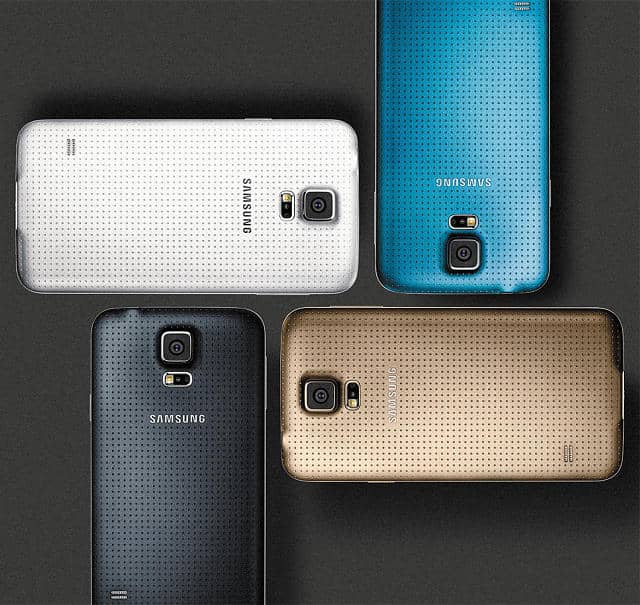In this increasingly more with less business world, we can’t afford to let our employees be more or less checked out. And yet an astonishing 70% are just that, disengaged at work, according to Gallup polls. It’s almost impossible not to disengage when toiling in the paralysis of indecision. It’s hard to imagine anything more meaning and motivation draining, more bereft of a sense of significance, or anything simply more frustrating.
Deciding not to decide has a price. A big one.
It can create doubt, uncertainty, lack of focus, and even resentment. Multiple options can linger, sapping an organization’s energy and killing a sense of completion. Timelines stretch while costs skyrocket.
But none of us are indecisive on purpose. We’re not evil. Indecision can be borne from a pragmatic desire for more data, which when overdone can cross over into perfectionism. Some of us are unwilling to compromise until we see an option that contains no trade-offs. The failure of a deciding body to feel a sense of accountability can grind things to a halt. Fear of making a wrong decision can come into play as well. We can lose sight of what the objective behind a decision is in the first place, confusing ourselves in the process and overcomplicating the choice to be made. Some of us lack confidence to make a firm decision.
Whatever the cause, the corrosive effect is inescapable. As leaders, we can do better. Here’s how to put an end to indecision, with authority.
- Meter your emotions
Sometimes our emotions can get in the way of making a decision, causing us to gloss over facts right in front of us or creating a desperate search for information to support the decision we really want to make. Countering indecision may require accepting inevitabilities much sooner while refusing to let emotions cloud the realities at hand.
- Step back and evaluate the true impact of a wrong decision
Fear of making an incorrect decision can paralyze the well-meaning manager. At such times, step back and ask “What is the worst thing that could happen in the long run if this decision turns out to be wrong?” Such a question may unveil that the consequences aren’t that dire after all, and may well net much more decisiveness. Getting comfortable with the possibility of being wrong can actually help the right decisions happen faster.
- Consider the risks/costs of not doing something
Asking the question, “What are the risks/costs of not making a decision?” may create awareness of the pitfalls that would otherwise be glossed over. It may become obvious that budgets will run over, competitors will gain precious time for counter plans, or that resources will have to be further stretched and kept from working on some other priority.
- Act with self-assurance
Acting with self-confidence and a “you have to break some eggs to make an omelet” mindset is one of the greatest enablers for making a decision. Self-doubt or worrying about what others expect you to decide can cripple a decision in progress. Self-confidence helps bolster the internal fortitude to make the tough calls, as well as the external reception of the decision once made. Ever watch someone arrive at a decision, but they do so in a manner riddled with visible self-doubt? These are the decisions most unlikely to stick.
- Rediscover the plot
Sometimes simply stepping back and getting some distance from a problem and refreshing yourself on the importance or objective of a decision to be made can be tremendously helpful. What seemed like a huge call to be made might reorient itself and shrink vastly in size. Revisiting the objective behind the decision to be made may provide a useful reorientation and illuminate a very clear choice amongst a set of options. And granting some time, space, and distance can help the fog of being too close to clear, making way for a re-energized and decisive point of view to emerge.
- Don’t vacillate in a vacuum, step back & seek advice
Indecision can arise from the constant rehashing of the same set of data, input, or experiences. Therefore, indecision can be conquered with exposure to new perspective from other stakeholders or from someone not as close to the decision. Having someone else to play devil’s advocate, counter your biases, and bring different experiences to the table can help break the stalemate.
- Set time bound parameters for making the call
When left to our own device, it is only natural for us to take as much time as we can to decide something. Establishing tension in the form of time limitations can help stimulate decision making. Concrete, time bound parameters (with some teeth to them) can force the perfectionist or those who want it all to compromise and let go a bit.
- Sharp discussions net sharp decisions
We’ve all been in meetings where a decision is supposed to be made but in fact you are left with no sense of tangible forward progress. The discussion seems circular, someone hijacks the meeting and launches into an unfocused or politically motivated soliloquy, or everyone and anyone jumps in with points that aren’t even fully on topic. Free-for-alls like this distract the decider and throw the decision making process off course. The deciding manager needs to be prepared to run a disciplined and pointed meeting that drives towards a decision by asking the right questions, controlling the discussion flow, reigning in where necessary, and expanding discussion where appropriate to get all the information, options, and points of view out on the table.
Scott Mautz is author of Make It Matter: How Managers Can Motivate by Creating Meaning (March 4th, 2015), an award winning keynote speaker, and a 20+ year veteran of Procter & Gamble, having run several thriving, multi-billion dollar divisions along the way. Connect with Scott at www.makeitmatterbook.com.
Read More:http://feedproxy.google.com/~r/greatleadershipbydan/gfUp/~3/0iEzgn8_r7Q/8-ways-to-decisively-end-indecision.html




 Blame Steve Jobs Syndrome.
Blame Steve Jobs Syndrome.





